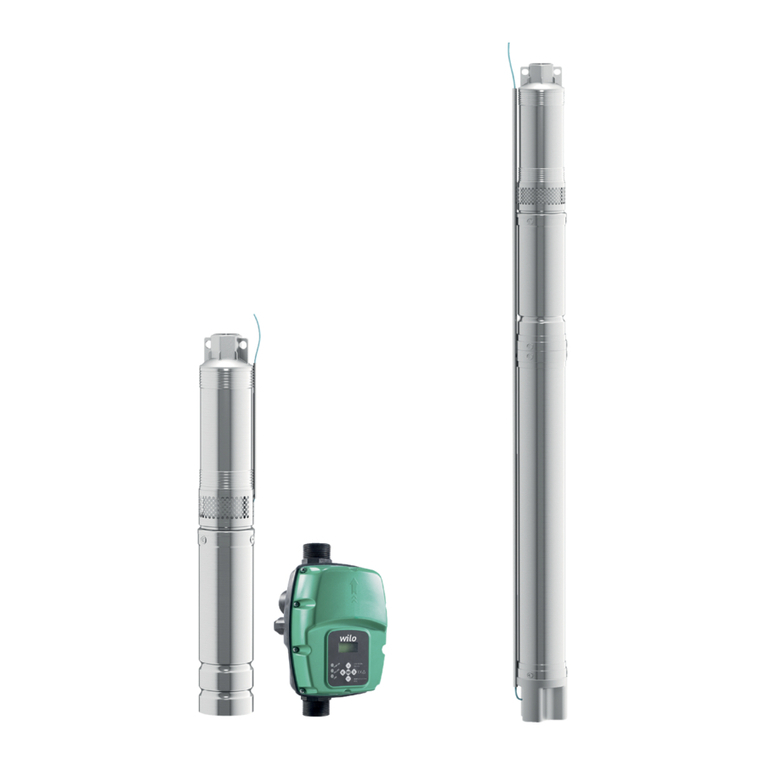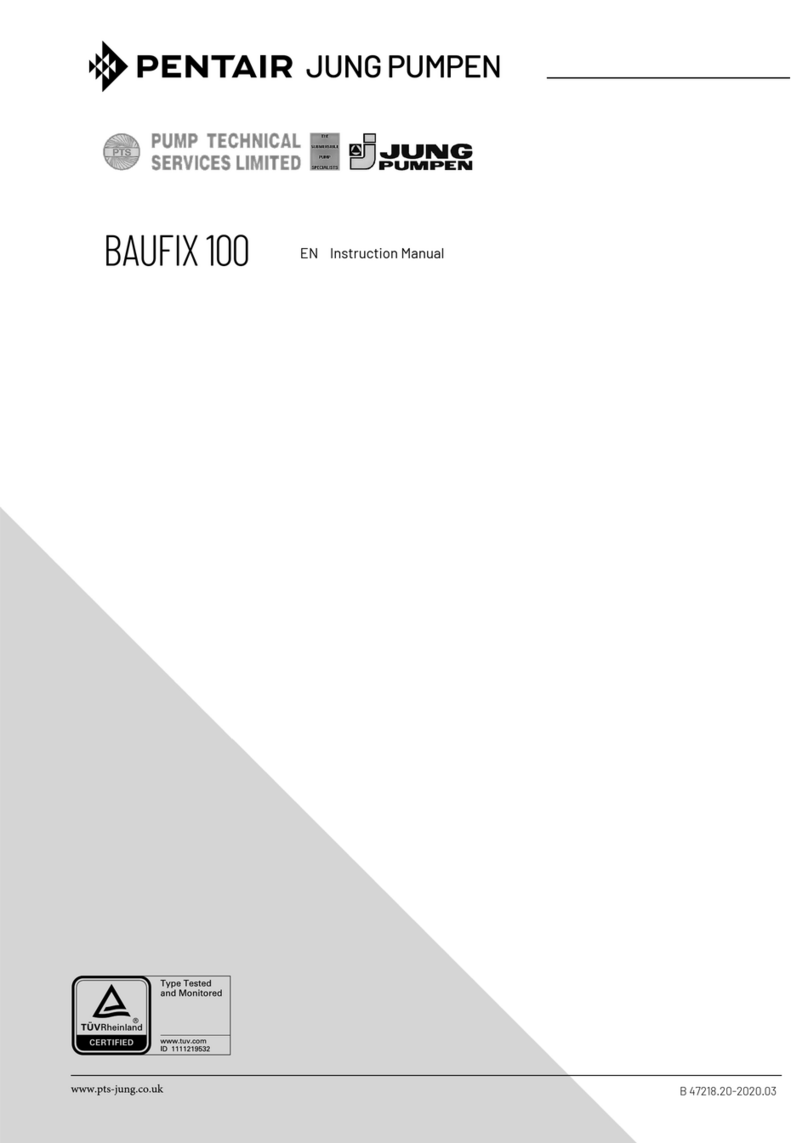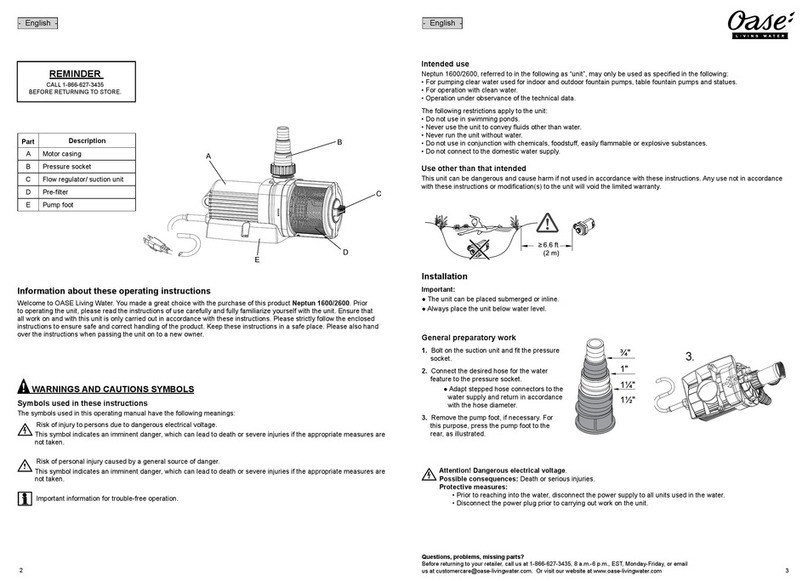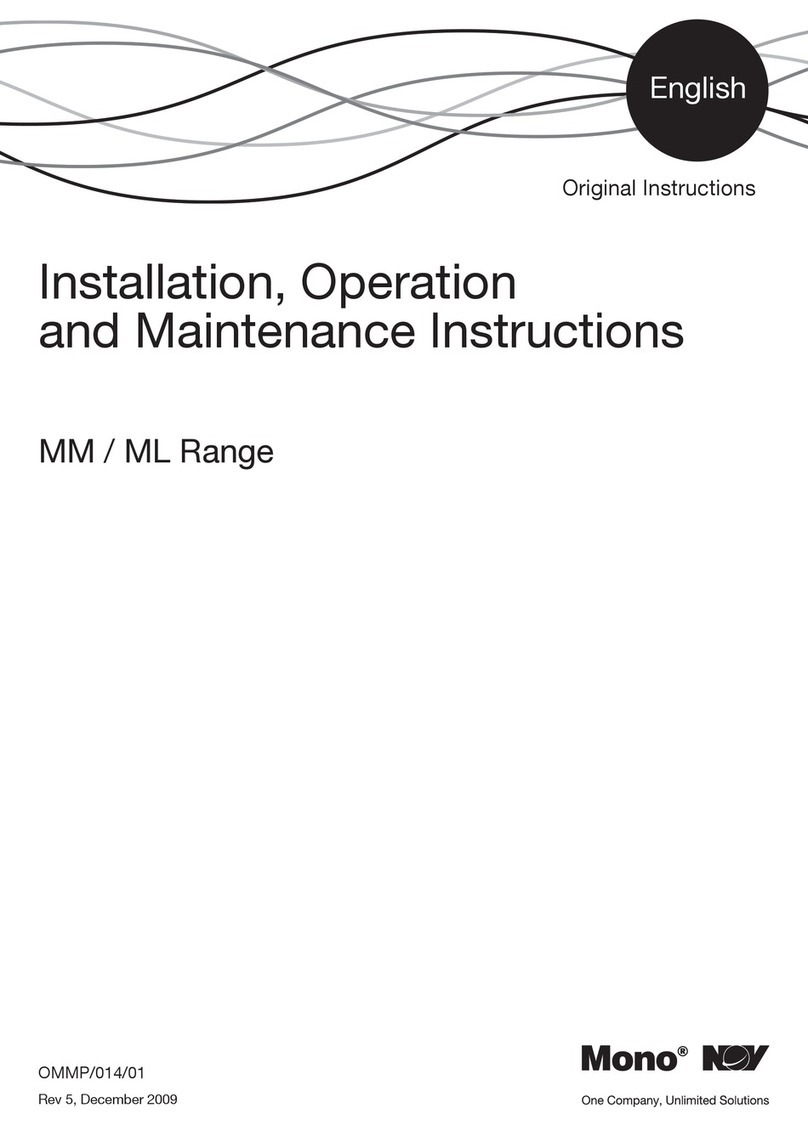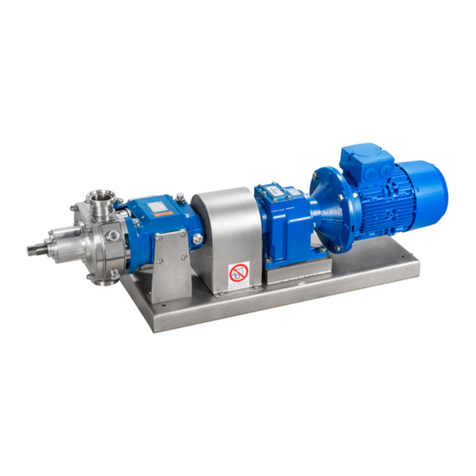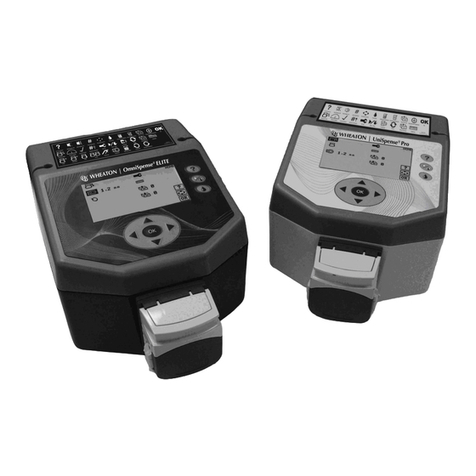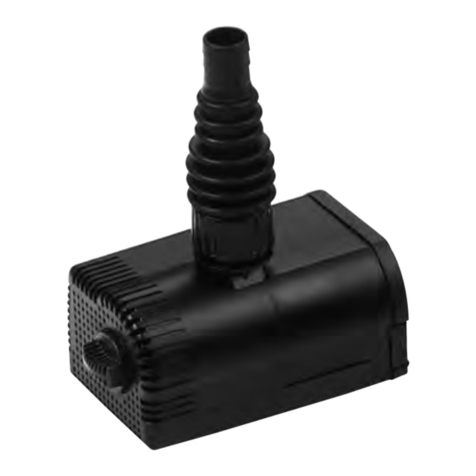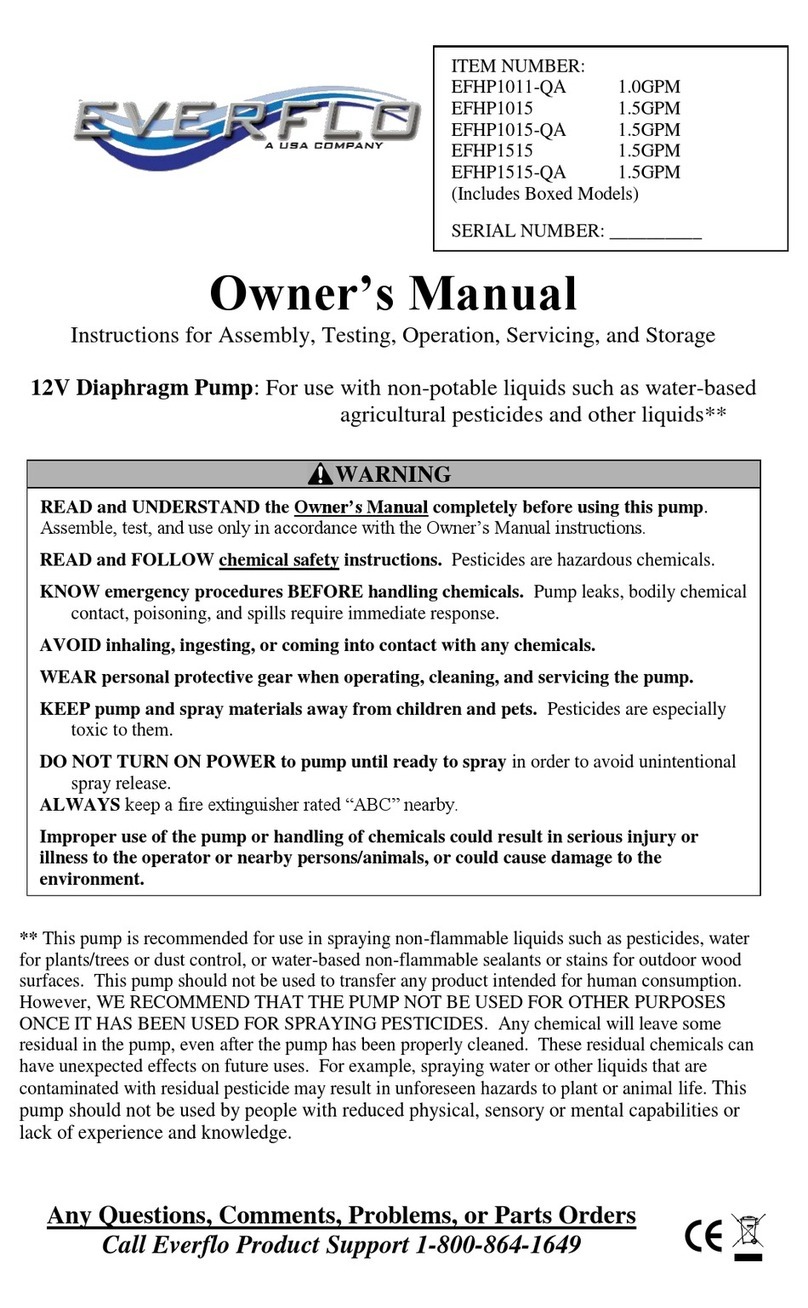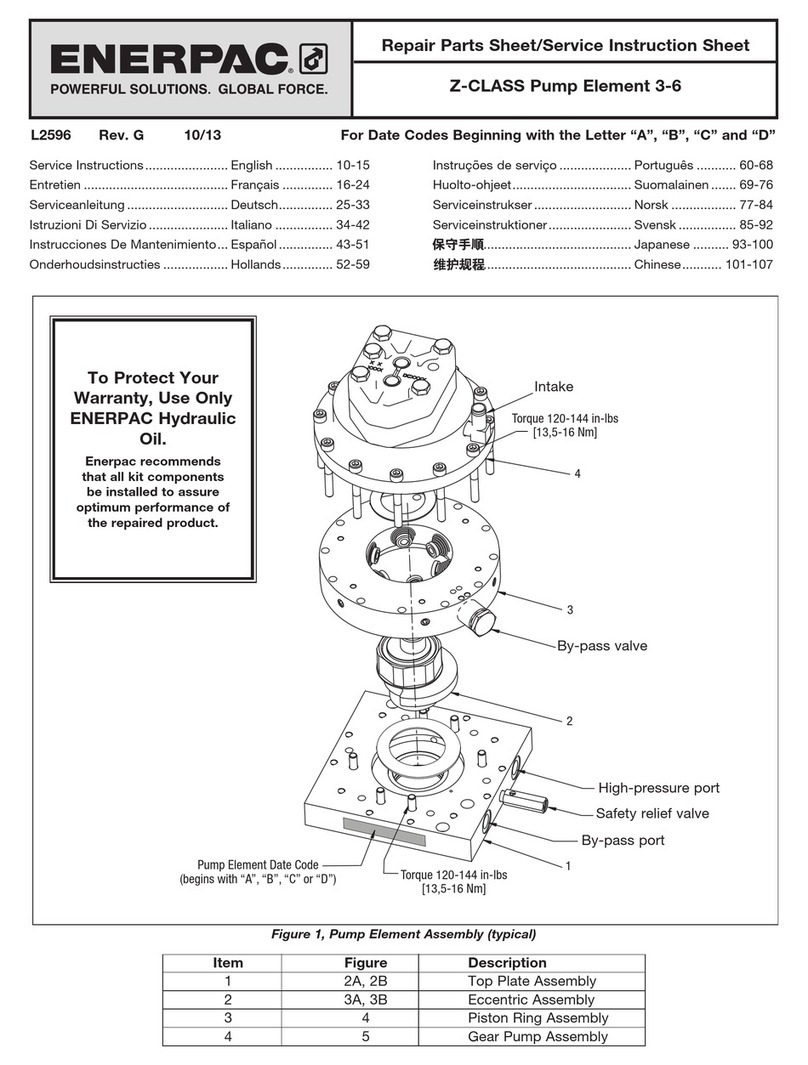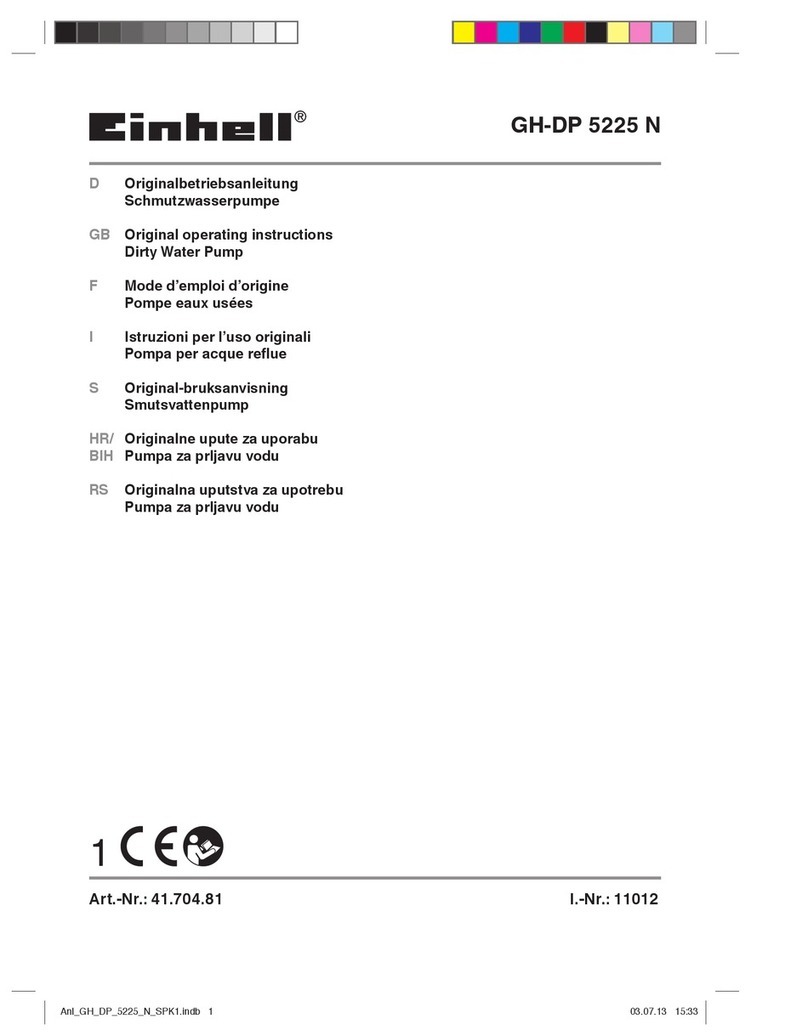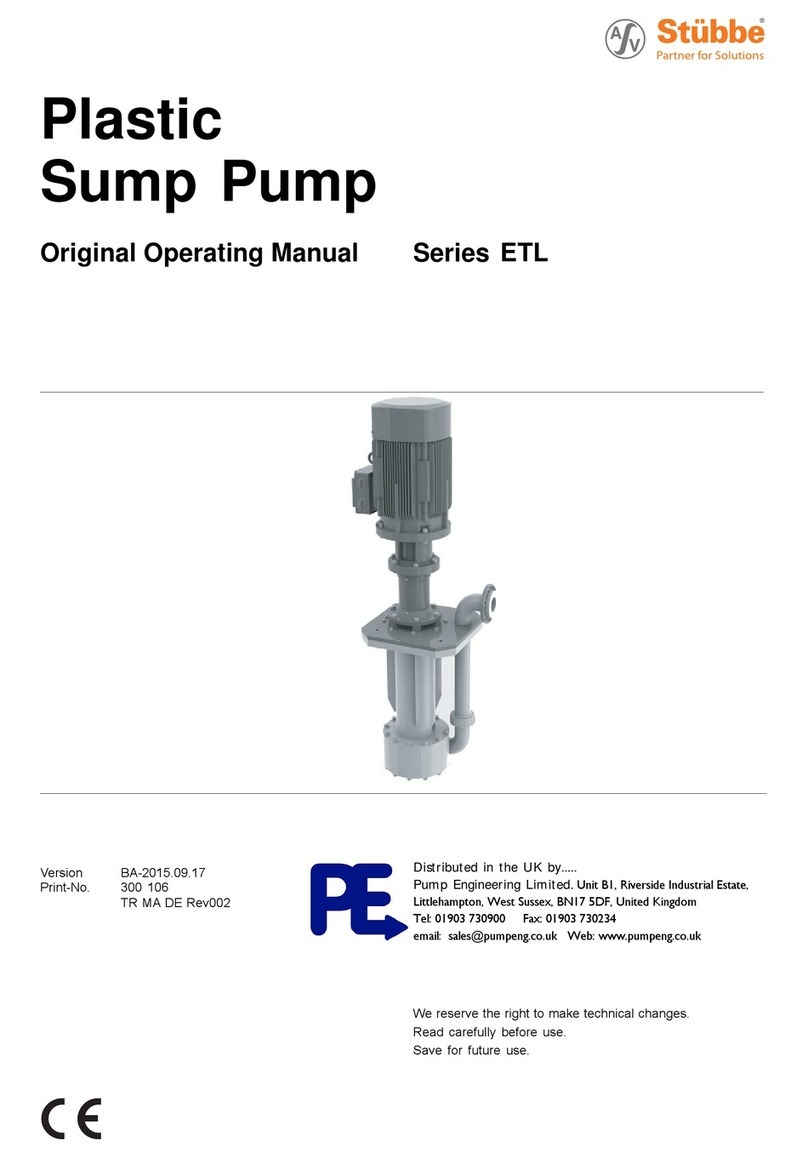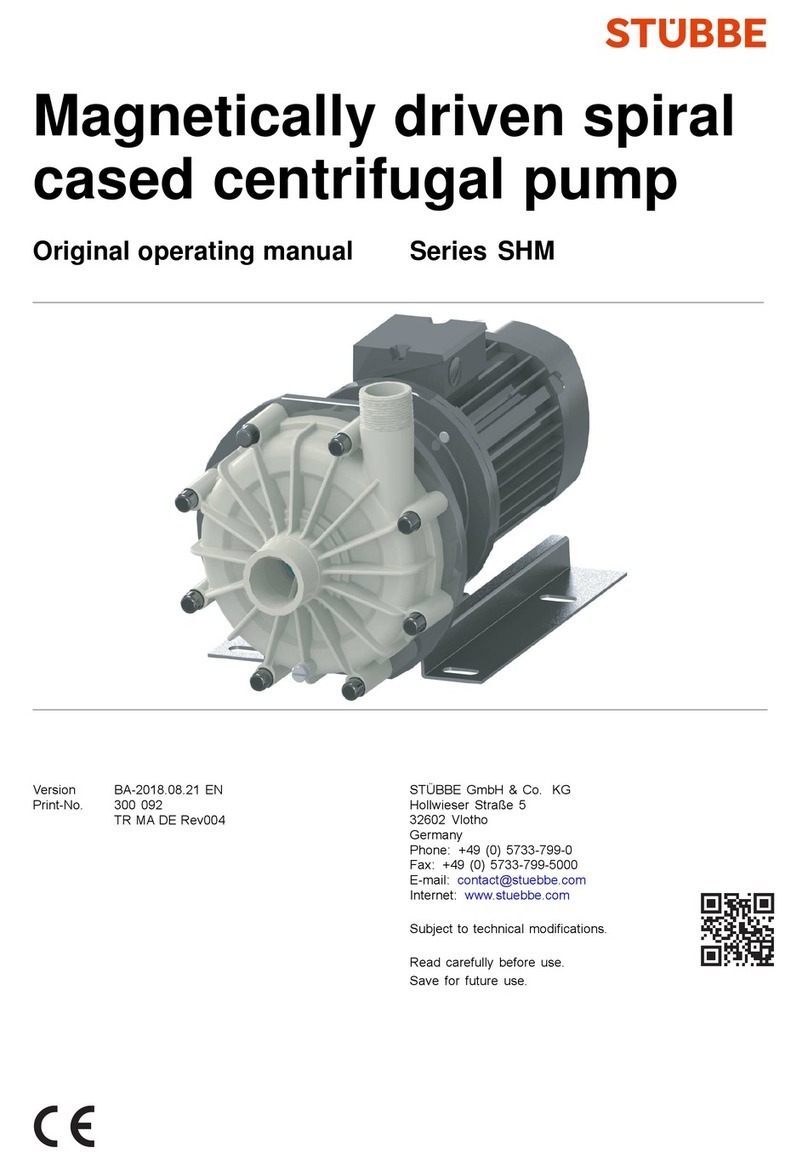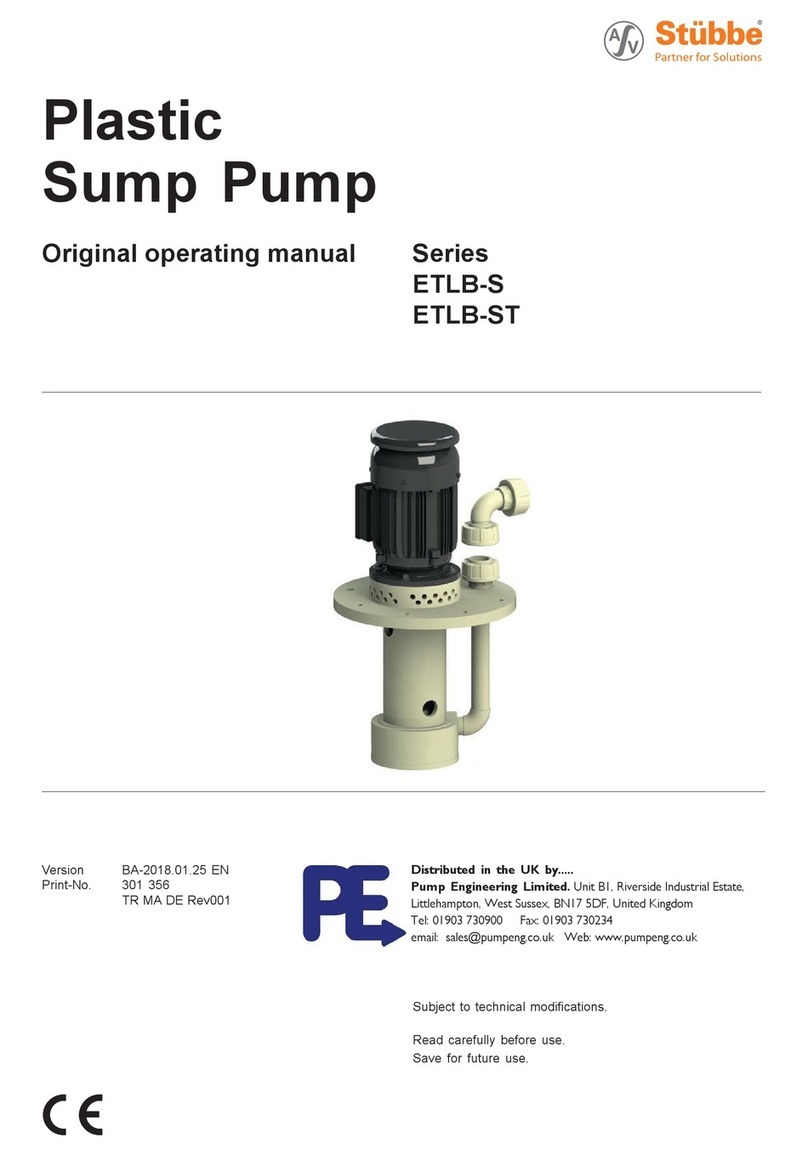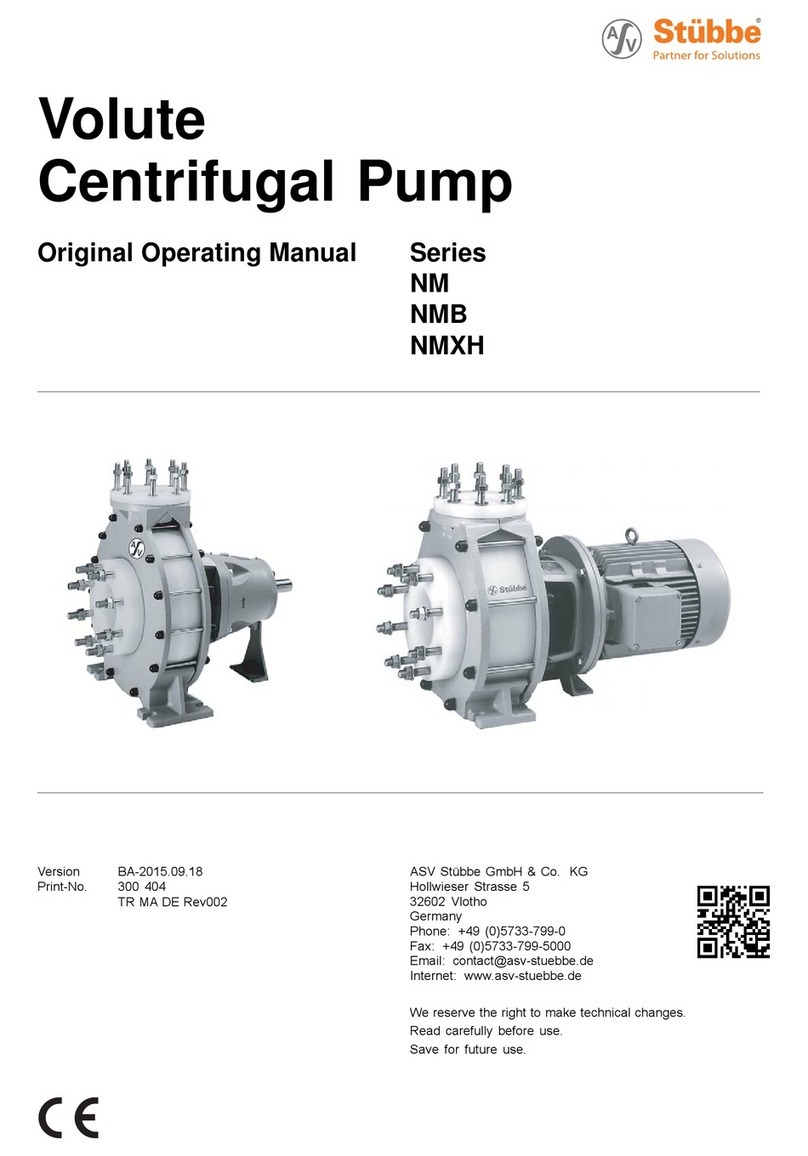
Table of contents
Table of contents
1 About this document ............................... 3
1.1 Target groups ................................. 3
1.2 Other applicable documents ................ 3
1.3 Warnings and symbols ....................... 3
2 Safety instructions ................................. 4
2.1 Intended use .................................. 4
2.2 General safety instructions .................. 4
2.2.1 Obligations of the operating company ...... 4
2.2.2 Obligations of personnel ..................... 4
2.3 Hazardous media ............................ 4
3 Layout and Function ............................... 5
3.1 Marking ....................................... 5
3.1.1 Name plate ................................... 5
3.2 Description .................................... 5
3.2.1 Features ...................................... 5
3.2.2 Function ....................................... 5
3.3 Assembly ..................................... 5
4 Transport, Storage and Disposal ................. 6
4.1 Unpacking and inspection on delivery ...... 6
4.2 Transportation ................................ 6
4.3 Storage ....................................... 6
4.4 Disposal ....................................... 6
5 Installation and connection ....................... 7
5.1 Preparations for installation ................. 7
5.2 Planning pipelines ............................ 7
5.3 Design the layout of the fitting ............... 7
5.4 Install the fitting ............................... 7
5.4.1 Connection with flange ...................... 7
5.4.2 Connection with sockets, nozzles or female
threads ........................................ 8
5.5 Performing the hydrostatic test .............. 8
6Operation ............................................ 8
6.1 Commissioning ............................... 8
7 Maintenance ......................................... 9
7.1 Servicing ...................................... 9
7.2 Maintenance .................................. 9
7.2.1 Removing fitting .............................. 9
7.2.2 Disassemble and reassemble the
nozzle ......................................... 9
7.3 Replacement parts and return .............. 9
8 Troubleshooting .................................... 10
9 Appendix ............................................. 11
9.1 Technical specifications ...................... 11
9.2 Replacement parts ........................... 11
9.3 Flange installation ............................ 11
List of figures
Fig. 1 Name plate (example) ....................... 5
Fig. 2 Function ....................................... 5
Fig. 3 Assembly ..................................... 5
Fig. 4 Attach lifting gear (example) ................ 6
Fig. 5 Tightening torques ........................... 11
List of tables
Tab. 1 Other application documents, purpose and
where found .................................. 3
Tab. 2 Warnings and symbols ....................... 3
Tab. 3 Troubleshooting .............................. 10
Tab. 4 Tightening torques ........................... 11
2 SP 820 BA-2023.09.27 EN 302 535












